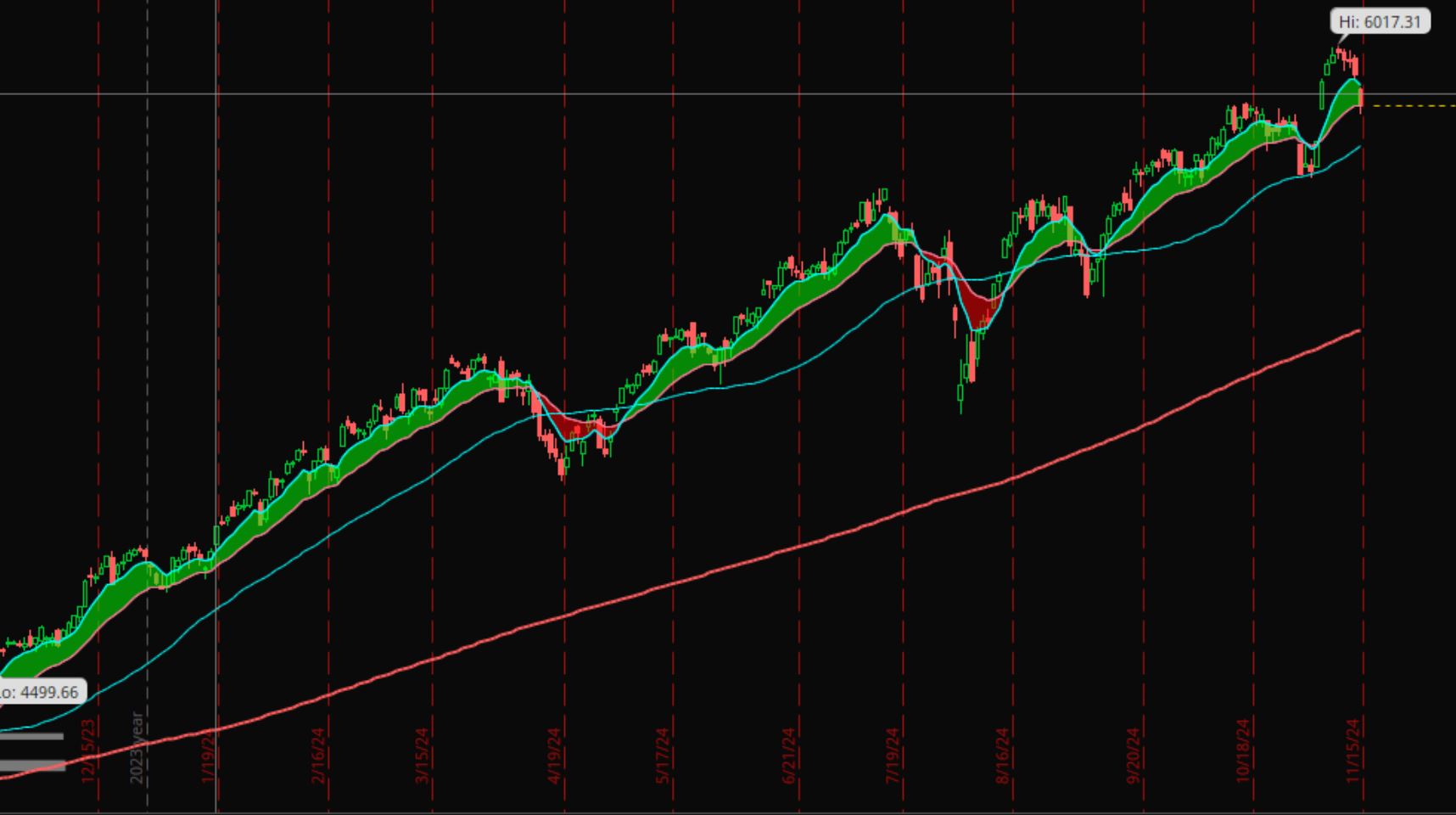“Your greatest challenge isn’t the market – it’s yourself.”
Investing success is as much about mindset as it is about strategy. Emotional discipline separates the winners from those who sell at the bottom or chase fleeting trends at the top. This chapter will explore how to cultivate a resilient investor mindset and avoid psychological traps that derail even the most well-informed investors.
Key Topics:
1. Understand Cognitive Biases
Loss Aversion: The pain of losing money often outweighs the joy of gains. This bias can lead to poor decisions, such as panic-selling during a downturn.
⚠ Solution: Focus on long-term goals and avoid emotionally reacting to short-term losses.
Recency Bias: Believing that recent trends will continue indefinitely, leading to overconfidence during bull markets or excessive fear in bear markets.
⚠ Solution: Rely on data and historical context, not just recent performance.
2. The Power of Patience
Investing is a marathon, not a sprint. Those who remain patient through market volatility often come out ahead.
Case Study: The 2008 financial crisis showed how patient investors who held onto quality companies recovered and gained significantly over time.
Action Plan: Revisit your portfolio only at predefined intervals (e.g., quarterly) to avoid impulsive decisions.
3. Separate Emotions from Logic
Your portfolio isn’t a reflection of your self-worth. Emotional investing leads to chasing trends, overtrading, and abandoning well-thought-out strategies.
Tip: Create a written investment plan with specific entry and exit rules to remove emotion from decisions.
4. Staying Calm During Market Downturns
Perspective: Market downturns are normal and should be expected as part of the investing journey. On average:
Market dips (-5%) happen about three times a year.
Corrections (-10%) occur roughly once every 1-2 years and last about 3-4 months on average.
Bear markets (-20% or more) happen about every 5-7 years and last an average of 14-20 months, but they are always followed by a recovery.
For example: The S&P 500 has endured 27 bear markets since 1928, with the average decline being around 33%, yet the market has always recovered over time, eventually hitting new highs.
Pro Tip: During sell-offs, ask yourself: “Has the fundamental value of my investment changed, or is this just market noise?”
Historical Context: Even during severe downturns like the 2008 financial crisis or the COVID-19 crash in 2020, the market eventually rebounded to deliver significant long-term gains.
5. Avoid the Herd Mentality
When everyone is buying, it might be time to sell, and vice versa. Following the crowd often leads to poor timing.
Example: The dot-com bubble of the late 1990s saw many investors overpaying for internet companies that ultimately collapsed.
Solution: Rely on your own research and predefined strategy, not market hype.
6. Train Your Mind Like a Pro
- Read books on behavioral finance (e.g., Thinking, Fast and Slow by Daniel Kahneman).
- Practice mindfulness or meditation to reduce stress and stay focused.
- Recognize that market volatility is a feature, not a flaw, of investing.
Summary
Mastering your emotions and understanding psychological pitfalls can significantly improve your investment results. Success requires discipline, a clear plan, and the ability to stay calm during chaos. In the end, your mindset is your greatest asset – or liability – as an investor.












Leave a Reply